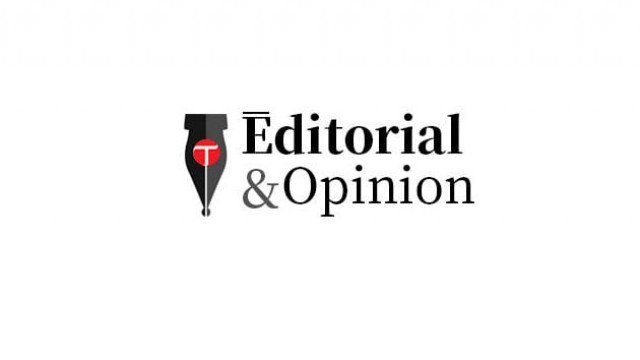Debt quagmire
The country has accumulated payouts beyond its budgetary capacity

Pakistan has a serious debt problem. The country has accumulated payouts beyond its budgetary capacity. And this phenomenon continues to ail not only its growth but also economic vibrancy as its fiat is consistently on the downslide. As of today, it is estimated that Pakistan’s total debt and liabilities have risen close to Rs60 trillion. This debt figure in dollar terms comes to something around $280 billion, calculated at the current exchange rate. Of the total public debt, the country owes an international debt of around $150 billion. This is surely a worrisome proposition and the soaring statistics are owing to the depreciation aspect. It is nightmarish to note that a staggering Rs12 trillion, or one-fourth of its total debt, were added to the national bandwagon, which roughly account for a 25 per cent increase, compared to the preceding fiscal year.
The scenario entails an out-of-the-box solution, and can never be addressed by fudging of figures or rescheduling of loans with the donors. The increase in public debt alone is to the tune of Rs9.3 trillion during the last 12 months, as it swelled to Rs49.2 trillion by end-June 2022. The cyclonic current account deficit is another bogey that is in need of immediate attention as it touches the territory of $17 billion. To make the situation even scarier is the rising cost of living as inflation stands at 22% officially, and is way high on the real turf. Slumping exports, and an irritating rise in the value of dollar against the rupee, coupled with skyrocketing oil and energy prices, has pushed the economy in an untenable territory. The fiscal deficit looms at Rs3.5 trillion, and has increased by 5.2%, compelling the State Bank of Pakistan to raise its benchmark interest rate by 125 basis points to 15% — something that has made the working capital unaffordable for the business fraternity and is bound to slow down the wheel of the economy. What more tough conditions can there be for a nation sizzling under an unannounced recession?
The consequences of the grim economic circumstances are many and elicit astute statesmanship. The nation has been forced to live beyond its means, and at the same time we have added more than 40 million people in the category reeling under the poverty line. With the cost of debt-servicing increasing year by year, there is hardly any budget left for human development, with a result that Pakistan ranks 152nd on the UN’s Human Development Index among 189 countries of the world. Total debt-servicing has jumped to Rs5.5 trillion, pushing the government to cut on the PSDP allocation. The refurbished deal with the IMF will be a stop-gap arrangement, and a long-term settlement will remain on the table. Policies are needed to buckle up the currency and at the same time dig out avenues to pay off the liabilities by cracking down on assets and holdings made with dirty money.
Published in The Express Tribune, August 18th, 2022.
Like Opinion & Editorial on Facebook, follow @ETOpEd on Twitter to receive all updates on all our daily pieces.














COMMENTS
Comments are moderated and generally will be posted if they are on-topic and not abusive.
For more information, please see our Comments FAQ